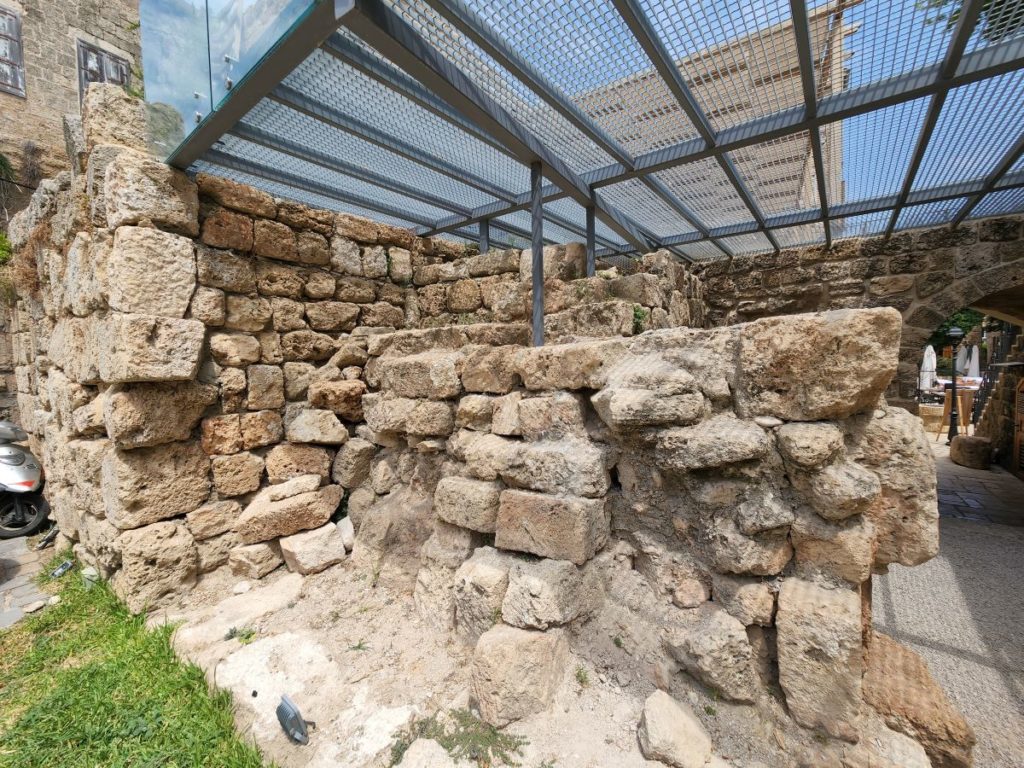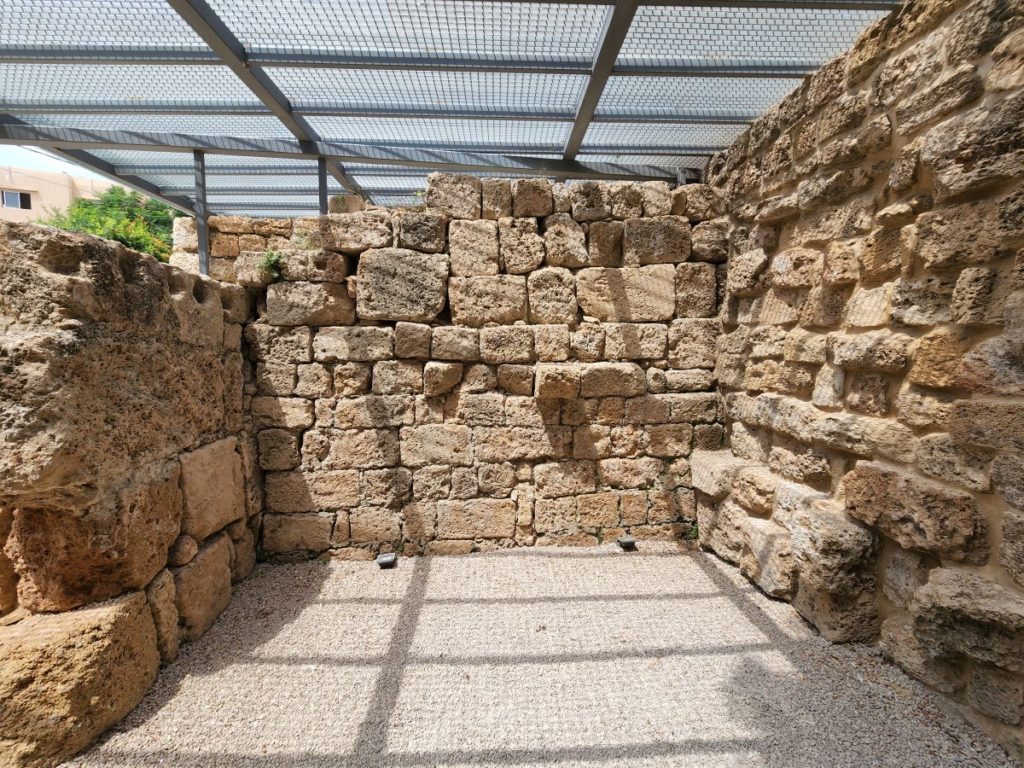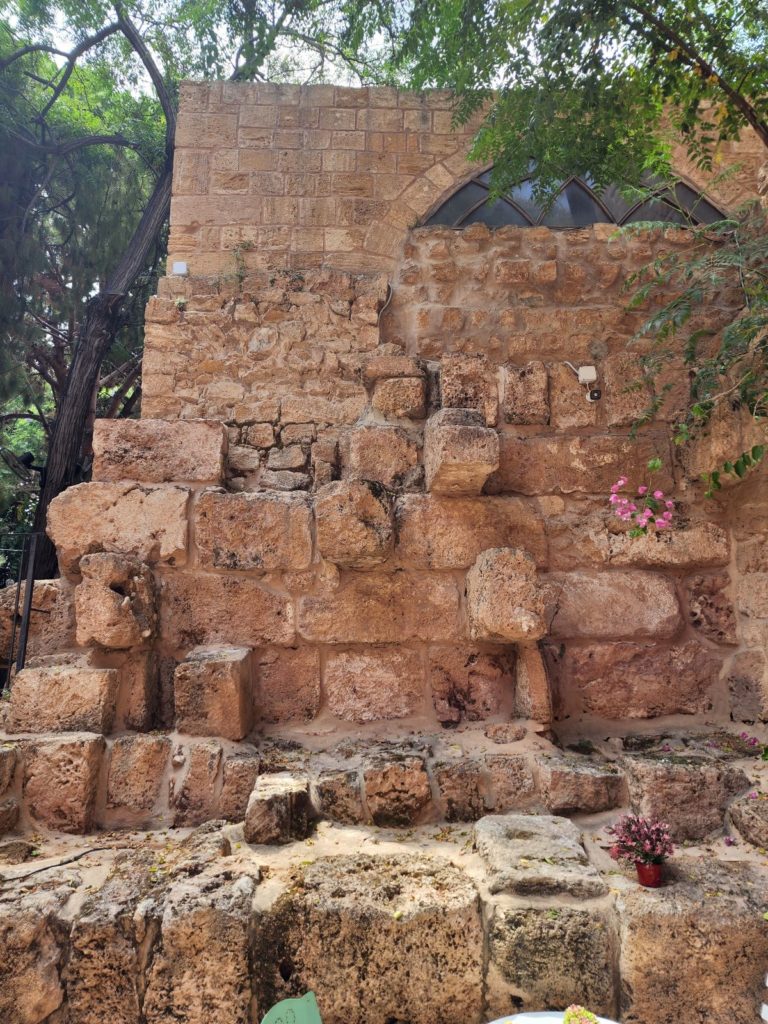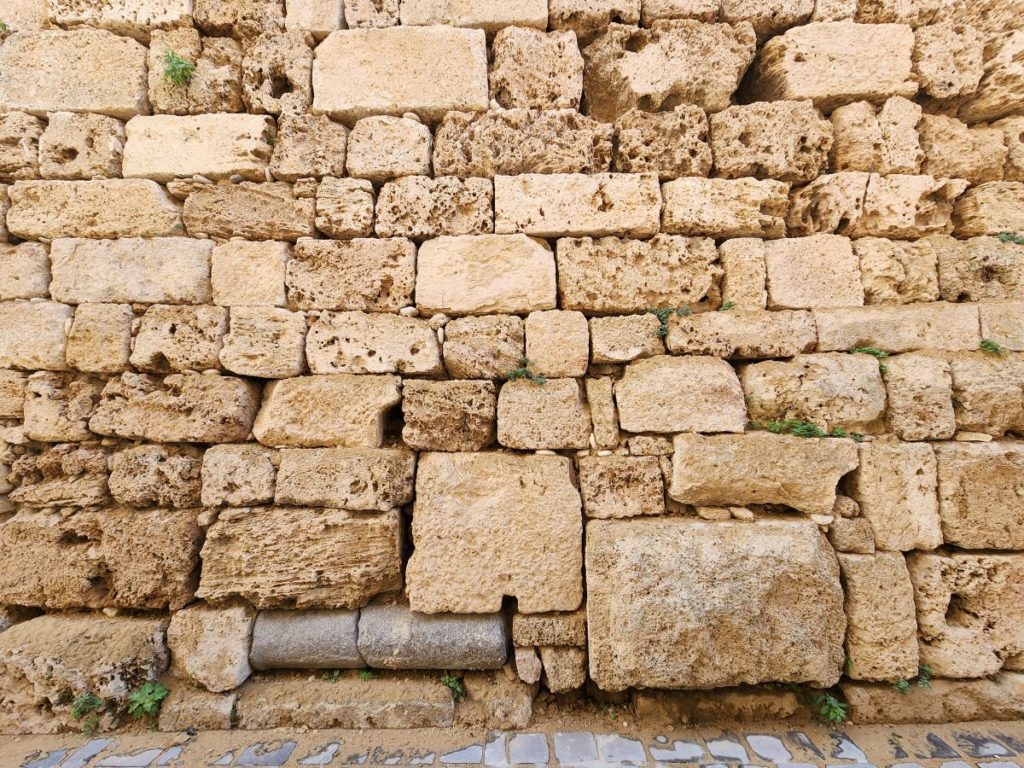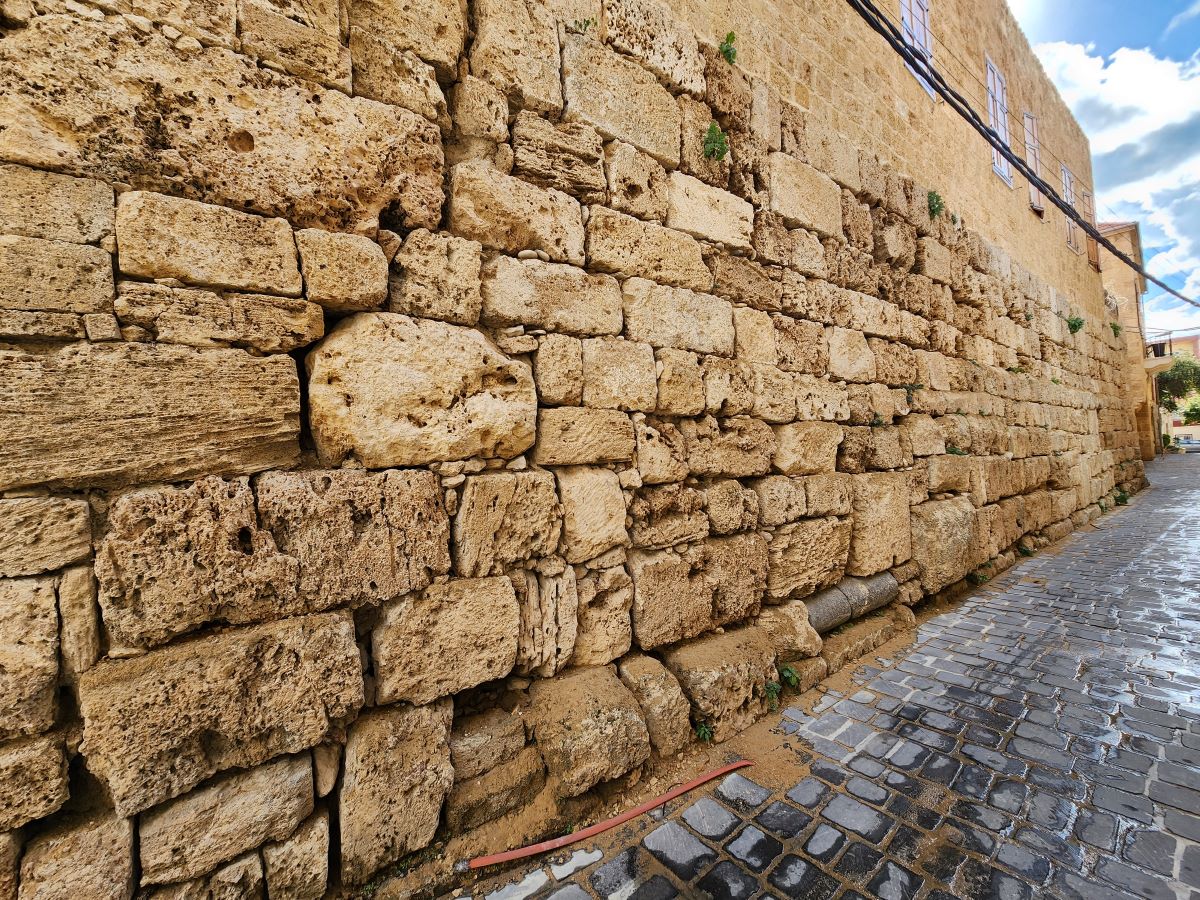Batroun, also referred to as “Boutron” during the Crusader era, is home to a Medieval fort located within the old souks.
Toponym
The fortress of Boutron was known as “CASTELLVM BOTRONI” as seen on Lord Plivain’s seal on documents signed in 1181 and 1198-1206. The seal featured an eagle with “SIGILLVM DOMINIPLIVANI” on the obverse and a depiction of the castle on the reverse with the fort’s name “CASTELLVM BOTRONI”.
Structure
According to the “Recueils des Historiens des Croisades,” Boutron seemed to have had weak fortifications, with its houses closely packed together to form a defensible mass.
The city’s center was dominated by a fortress, parts of which can still be identified, that was linked to a small port located to the south of the city, providing access for small messenger boats to reach other coastal fortresses.
To the east, the fortress overlooked a plain that was renowned for its wine production, which provided a crucial source of sustenance for the city.
Timeline
Batroun’s history during this period is unclear, with few notable events:
11th century – Batroun was under the control of the Banu Ammar clan
1110 – Batroun is taken by the Crusaders.
1115 – An act attests that Batroun then belonged to the Agoult family, of Provençal origin,
1184 – Cecile, daughter of a certain Guillaume Dorel, inherited the city,
1187 – the city fell to Saladin’s army,
1202 – the city is taken back by the Crusaders
1262 – the lorship of Batroun was under the reign of Lord Bohémond, Connétable of the Kingdom of Jerusalem.
1289 – Batroun fell to the Mamluk armies
Karim Sokhn
Tour Operator & Tour Guide
References:
http://www.orient-latin.com/fortresses/batroun
Histoire de Batroun – Hassan Salameh Sarkis
